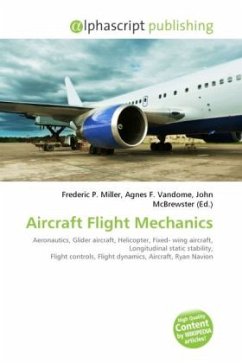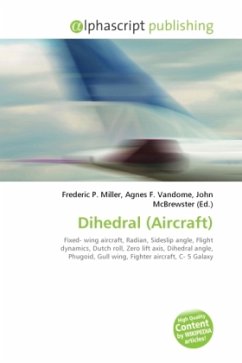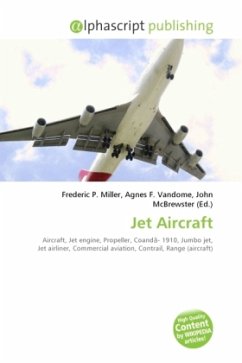In aeronautics, chord refers to the imaginary straight line joining the trailing edge and the center of curvature of the leading edge of the cross-section of an airfoil. The chord length is the distance between the trailing edge and the point on the leading edge where the chord intersects the leading edge. The wing, horizontal stabilizer, vertical stabilizer and propeller of an aircraft are all based on airfoil sections, and the term chord or chord length is also used to describe their width. The chord of a wing, stabilizer and propeller is determined by examining the planform and measuring the distance between leading and trailing edges in the direction of the airflow. (If a wing has a rectangular planform, rather than tapered or swept, then the chord is simply the width of the wing measured in the direction of airflow.) The term chord is also applied to the width of wing flaps, ailerons and rudder on an aircraft. Most wings do not have a rectangular planform so they have a different chord at different positions along their span. To give a characteristic figure which can be compared among various wing shapes, the mean aerodynamic chord, or MAC, is used.








